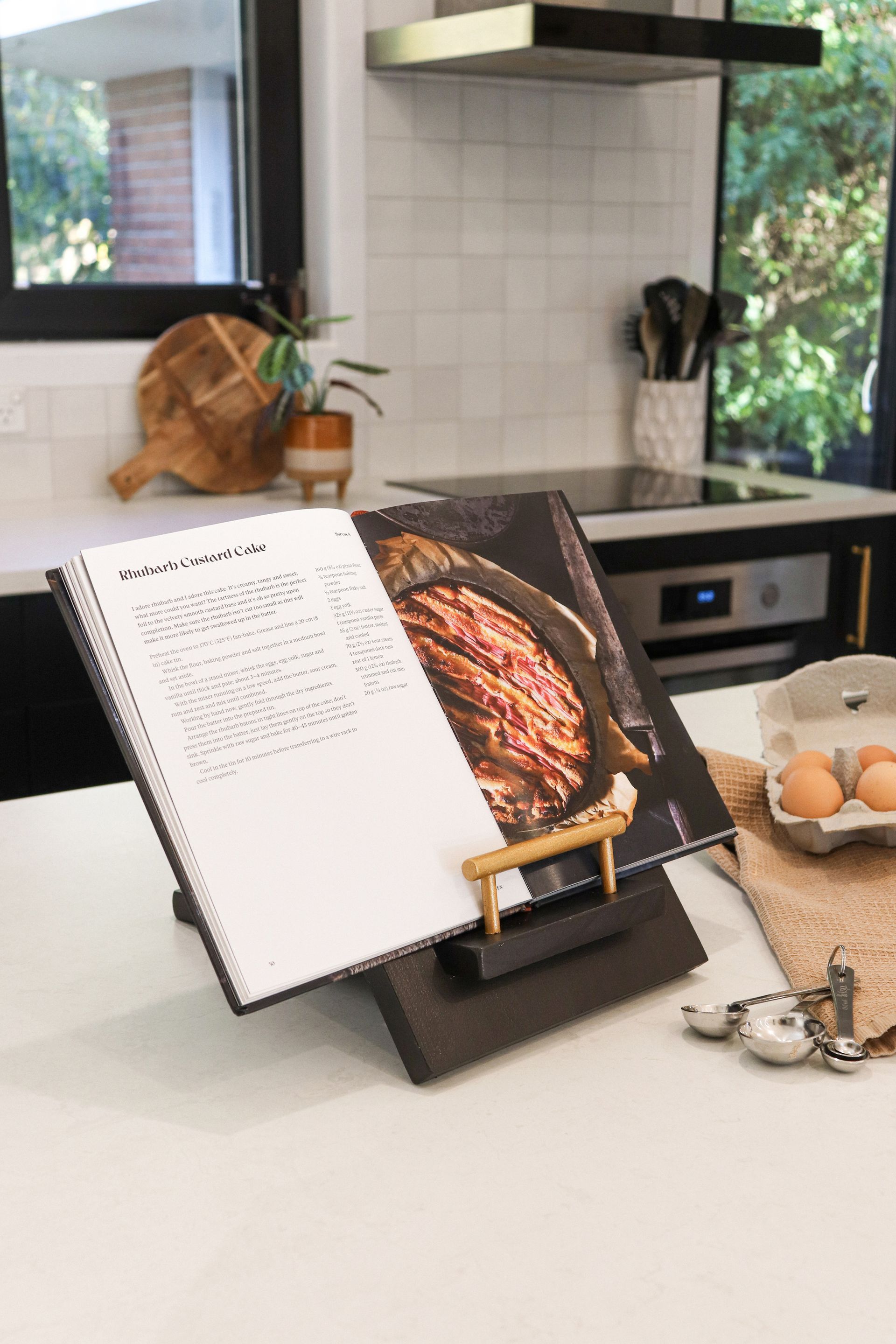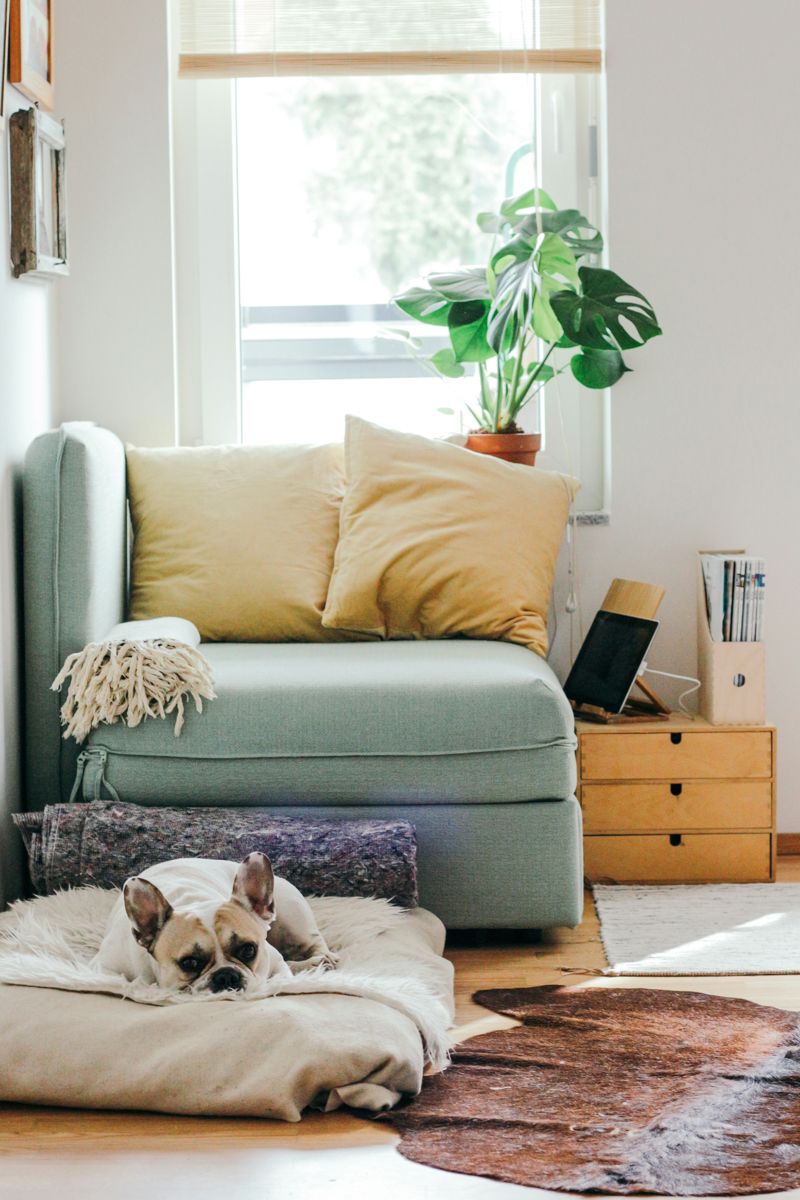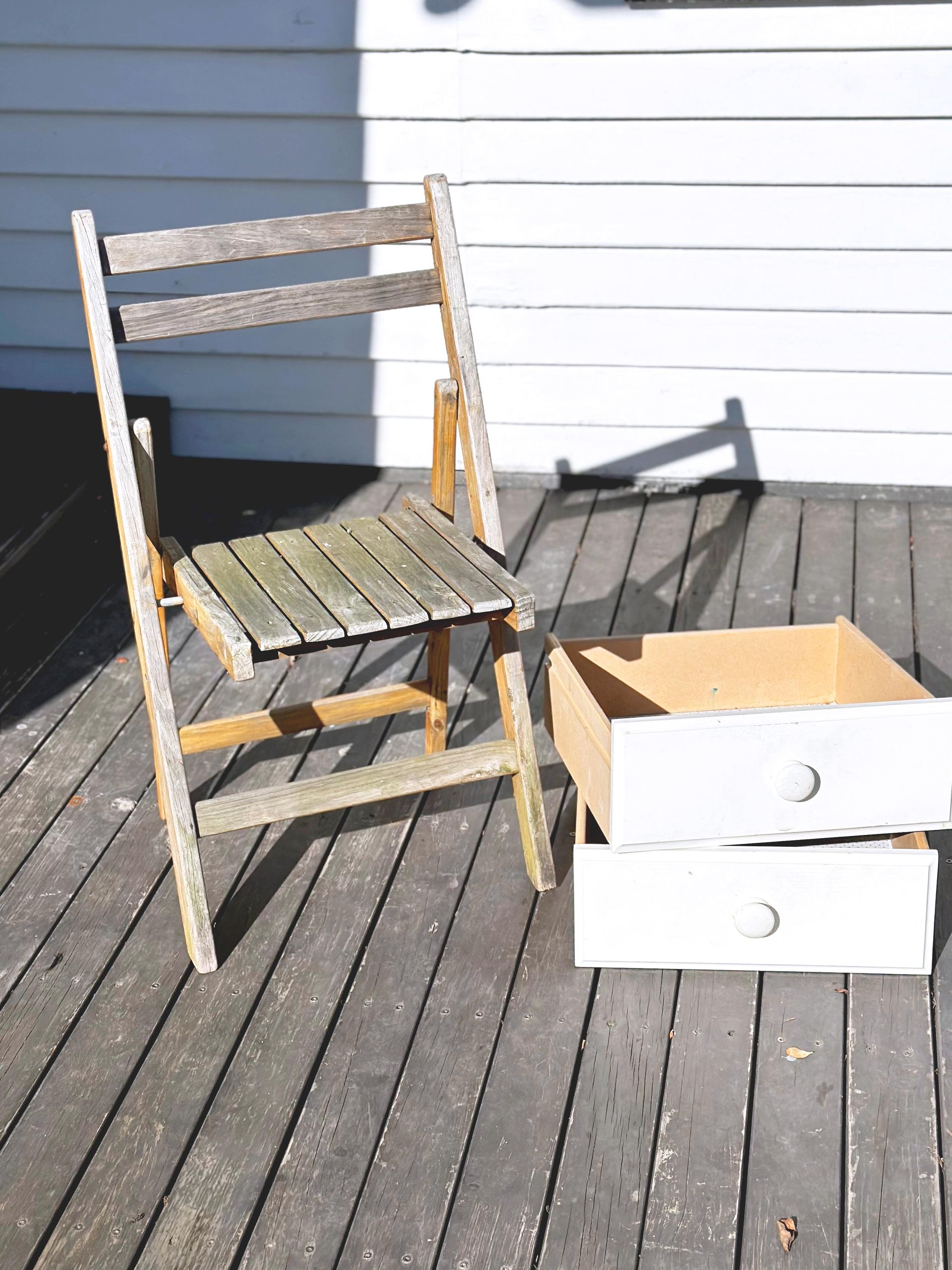Spring has sprung, so there’s no better time to get handy and build some garden furniture to display your favourite blooms, while adding a splash of colour to your outdoor area with
Resene paints. Penny from
CraftyGirlLifeHacks shows us how using a couple of old drawers and a chair!
What you need:
- Resene Lumbersider Low Sheen Paint – I used Resene Irresistible, Resene Outrageous, and Resene Wasabi
- Paint roller
- Paintbrush
- Electric sander
- Coarse and fine sandpaper
- Electric drill
- 8 x screws and matching bolts
First, source an old chair and a couple of drawers. I picked these up from a local op shop for less than $10. Make sure the chair has sturdy legs as this is what we’ll be using as the frame for the plant holder. Break down the chair so you are left with just the front legs, and the back legs with a single strut.
Next, it’s time to sand down the drawers and the legs, especially if there is any chipped paint. Start with coarse sandpaper to remove the paint, and then move down to finer sandpaper to make sure all the surfaces are smooth. Wipe down with a damp cloth to make sure there is no dirt or dust before you paint.
Now, it is time to work out where to place the legs. I found the easiest way to do this was to stack up the drawers with bricks, then place the legs. Use more bricks to keep the legs in place. Now you’ll know exactly where to drill!
My drawers are quite light, so I drilled two holes into each side of the drawers, through the legs. If you have heavy drawers, you may want to drill more so it’s secure. Once you have finished drilling, remove the bricks, and sand down any rough bits.
Now it’s time to select your Resene paints and get painting! Double-check there is no loose dirt or dust and wipe down with a damp cloth. I used a roller to apply the first two coats of my Resene paint, then a brush to get into the corners. Make sure each coat is completely dry before adding the next. Don’t worry if you get paint on the drawer linings, this will be covered up with another lining later. Once you’ve applied two coats of Resene paint, leave overnight to dry.
Use screws and nuts to attach the drawers to the legs. Make sure the nuts are nice and tight, you can use washers if you need to.

Recent stories










